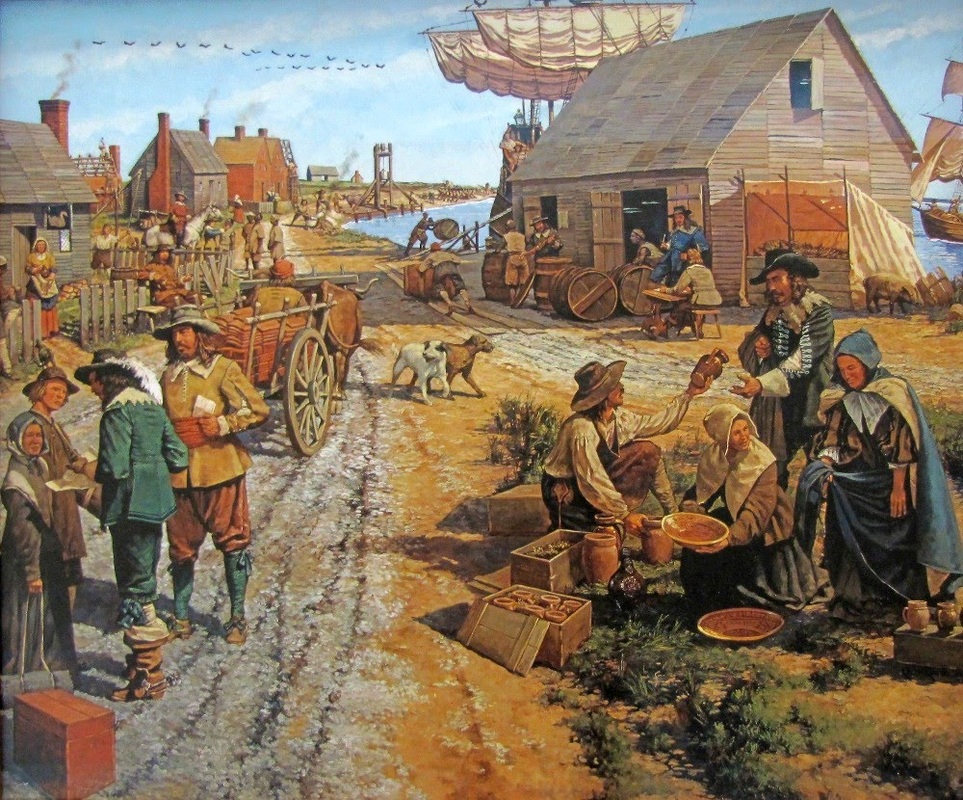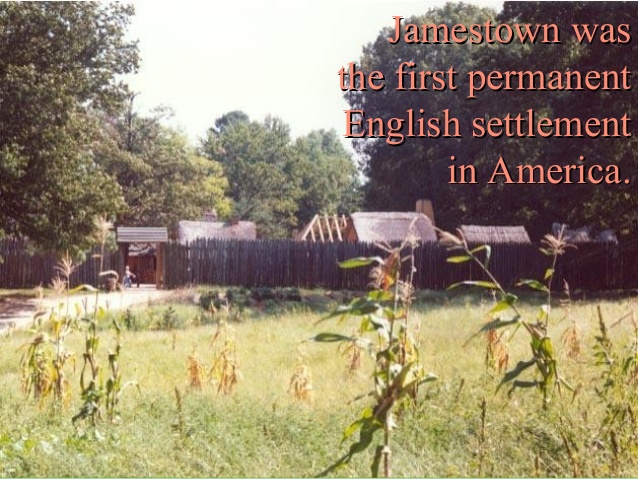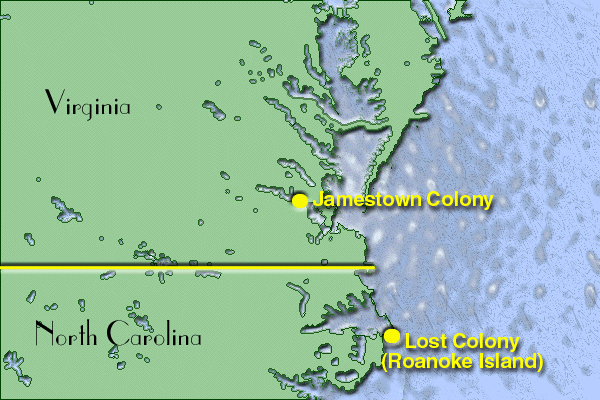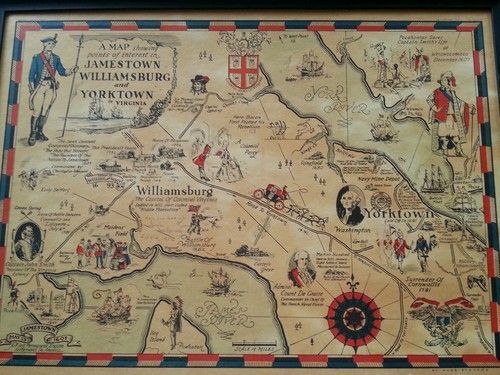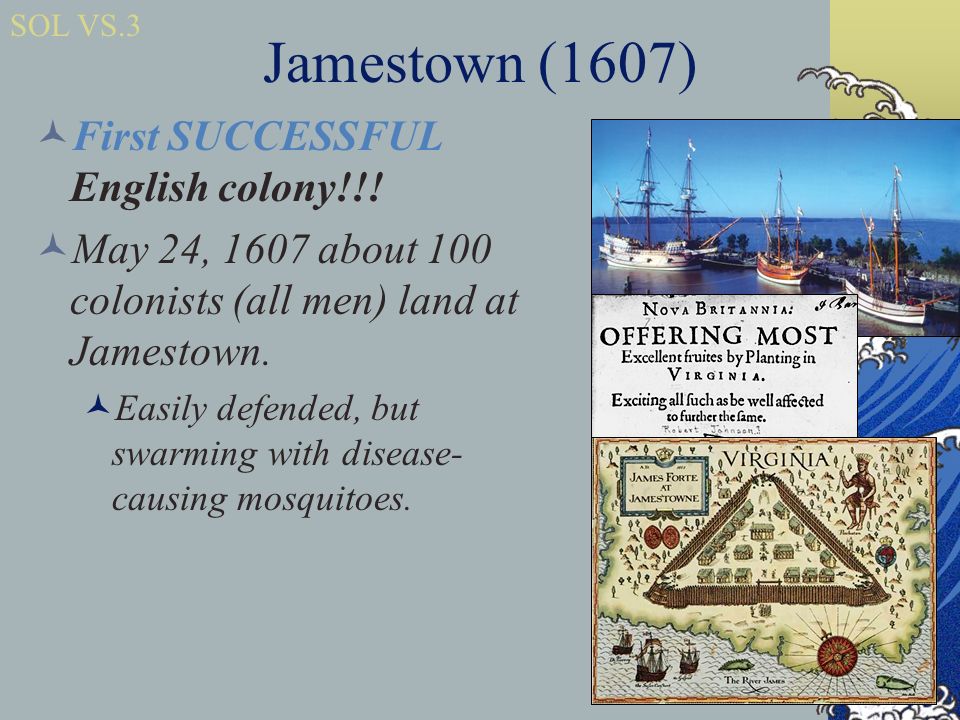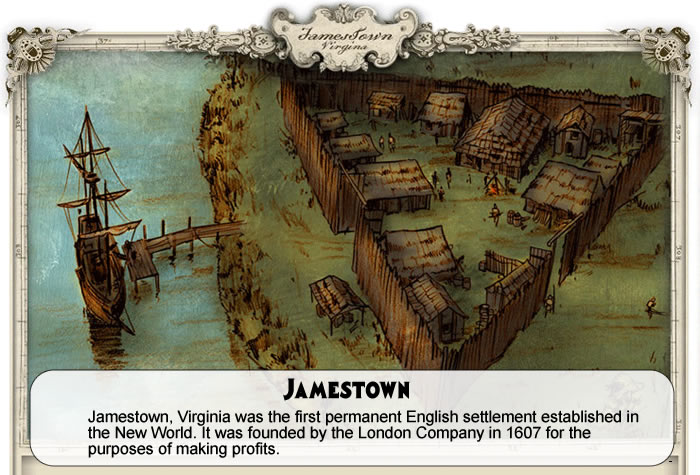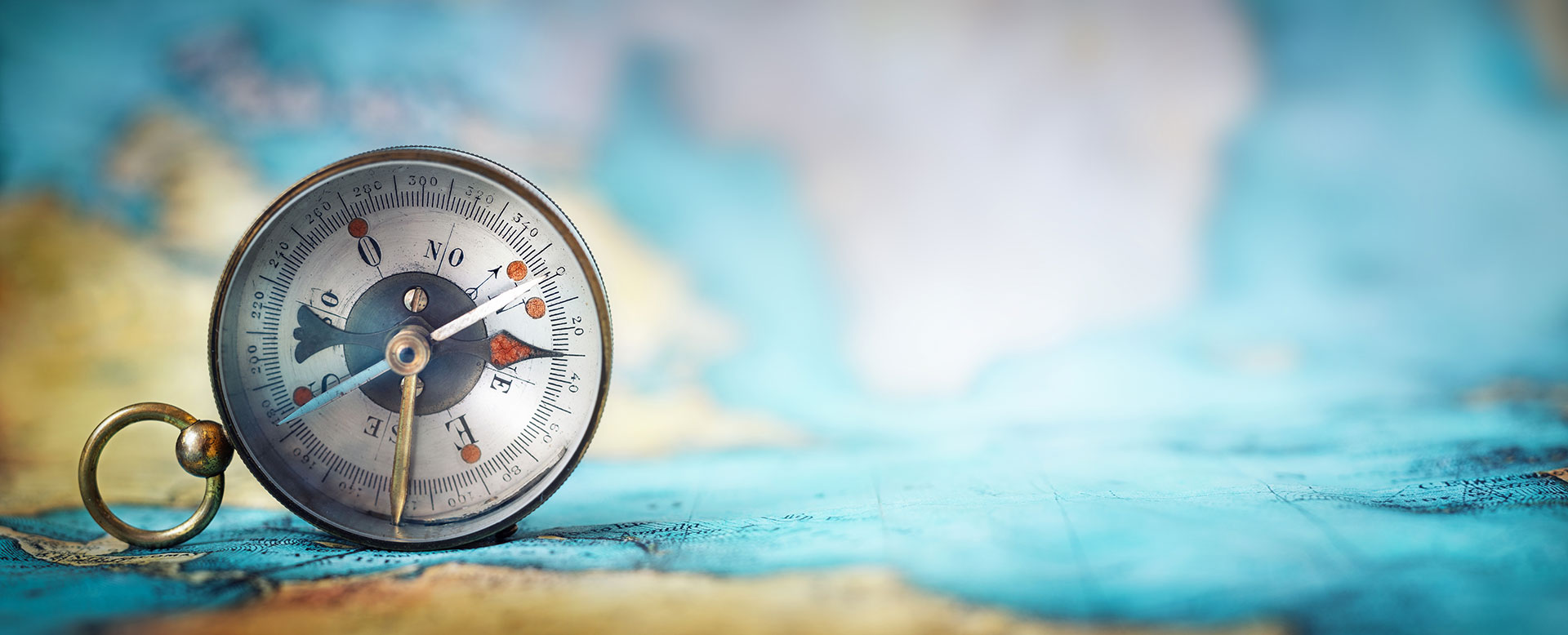Art and culture / Kultura i sztuka, Discovering the world / Odkrywając świat, Interesting facts / Ciekawostki

January 10, 2022
Polish traces in the world. USA – part 1 – Jamestown, Virginia
We Poles are a nation of travelers and explorers, therefore we have left our traces everywhere on the globe. We contributed to discovering new lands and to their development. One of the perfect examples can be America. Of course everyone knows that the North American continent was discovered by Christopher Columbus, then the first settlers from the “old world” began to flow into the US. And this is where our first story begins. Historical evidence of the Poles’ presence on American soil comes from early years of the 17th century. They came here in 1608, a dozen or so years before the notorious Pilgrims from Mayflower (1620).
It was 1607. On May 14th, in an area of today’s State of Virginia, three small English ships, “Susan Constant”, “Godspeed” and “Discovery” arrived at a place on an unknown river. 104 settlers and 39 seamen would take the long voyage. They found this place by first entering a bay, today known as the Chesapeake, and then entered upstream on a river. They settled ashore and named this place Jamestown in honor of the then King James of England. Over a year later, on October 1, 1608, a ship named the “Mary and Margaret” arrived in Jamestown with a few Poles on board. Jamestown, called the cradle of America, was created with the participation of the Poles. The captain, John Smith, was at the head of the settlement. A traveler and a participant in many wars that previously visited the Vistula River, he was also an admired craftsman in Poland. It was probably he, while organizing life in the difficult and dangerous conditions in the settlement of Jamestown, who initiated bringing in a few professionals including Poles Michal Lowicki, Zbigniew Stefanski, Jan Mata, Jan Bogdan from Kolomyia, Stanislaw Sadowski and Karol Zrenica.
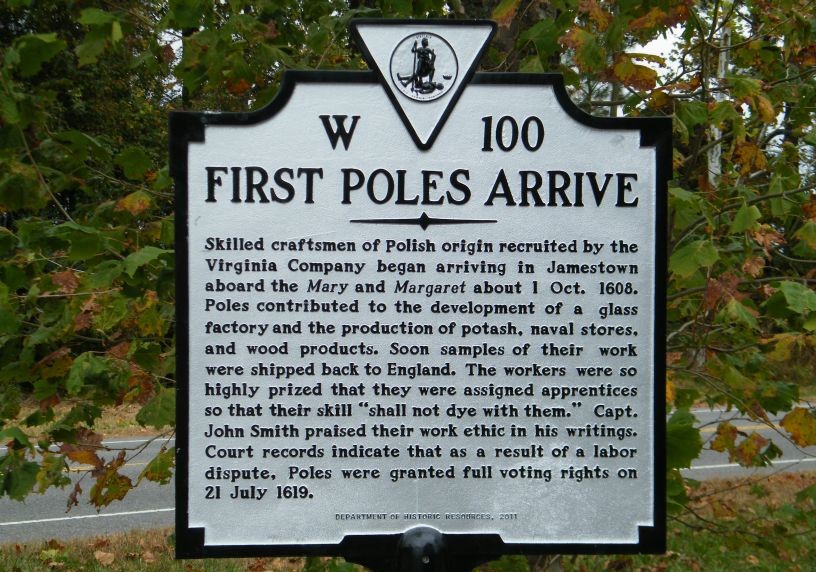
It is not certain where exactly the Poles came from. It is believed that they lived in the vicinity of Gdańsk and Elbląg, because at the beginning of the 17th century there were English emissaries who searched for workers for the needs of the Virginia Company. It was a company formed by King James I of England that would establish a permanent colony on the east coast of the later United States. The English needed people who could produce potash and tar, products that England imported from Poland. Immediately after arriving in Jamestown, the Poles began to produce the necessary settlement of goods. Smith valued them for their professionalism and diligence. In his book, he wrote: “Only the Poles and the Dutch [are talking about these Germans – the Polish Army] knew what the work was.” The first Polish settlers in America were highly qualified craftsmen. They founded the first glassworks on the Jamestown Rive. They also dealt with the production of tar, soap and other products. These products served colonists and Indians. In exchange for glass items, beads and other decorations, settlers received from the natives’ necessary products, such as leather or fur. The Poles also built the first wells in the settlement and put up houses and farm rooms. They were valued carpenters and blacksmiths. The Poles were not only loyal and hard-working, capable and persistent, but also courageous. Poles also distinguished themselves in the fight against the Indians. It is said that they saved Smith’s life, who fell into a trap set by the Indians. This deed is attributed to Zbigniew Stefanski and Jan Bogdan.
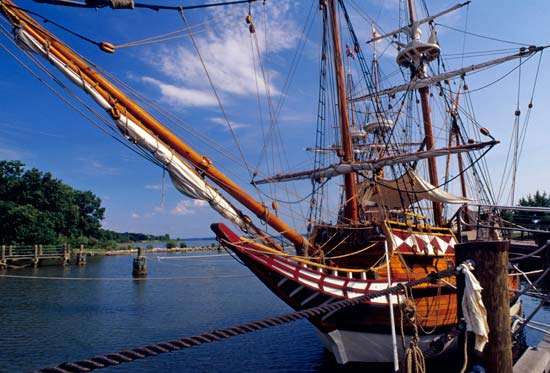
In Jamestown, the Poles also became famous for another reason: in 1619 they organized the first strike in American history. The English refused to give them the floor in the first elections and the right to represent themselves in the legislative assembly of the colony (numbering about 2,000 people). When the strike broke out, the crisis threatened the economic life of the colony. The Poles had a monopoly on the craft, the colony could not send many products to England. London had to intervene – he accepted the Poles’ demands as legitimate, ordering them to teach other settlers also to the trade craft. Poles, therefore, not only won the first strike and received the right to vote, but also acquired the right to own property.
In 1622, the Indian attack caused the deaths of 350 men, women and children. In retaliation, the settlers also murdered as many natives as possible and this was repeated every few years. The settlement was also, apart from plundering and smoking, flooded by the river. It was not able to expand because it stood in the swamps. It was decided to move the settlers in 1693 to another place in the area of today’s city of Williamsburg.
Today, the place where the Jamestown settlement was, is a national memento of the USA, preserving remains of buildings, a church tower and graves of settlers. At a distance of about 800 meters, the Jamestown Festival Park was built where there are replicas of former settlement houses, a meeting house. Also the first port remains in which replicas of old ships are moored, which were first brought in by the settlers.
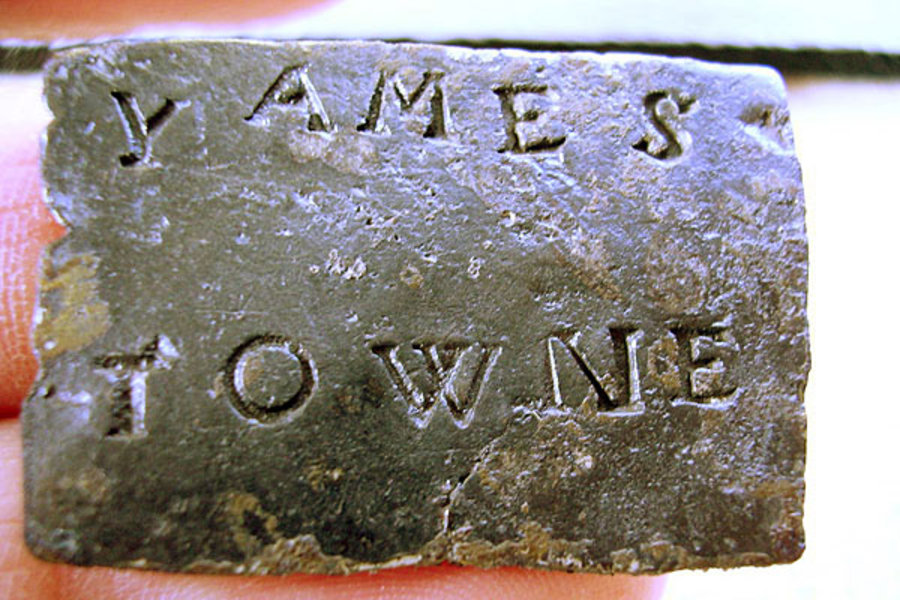
My Polacy jesteśmy narodem podróżników i odkrywców dlatego wszędzie na całej kuli ziemskiej pozostawiliśmy swoje ślady. Mamy swój udział w odkrywaniu nowych ziem i przyczynianiu się do ich rozwoju. Przykładem może być chociażby Ameryka. Wszyscy wiedzą, że kontynent amerykański odkrył Krzysztof Kolumb a następnie na tereny dzisiejszego USA zaczeli napływać ze „starego świata” pierwsi osadnicy, i tu własnie zaczyna się moja pierwsza opowieść. Historyczne dowody obecności Polaków na ziemi amerykańskiej pochodzą z pierwszych lat XVII wieku. Przybyli tu w roku 1608, a więc na kilkanaście lat przed osławionymi Pielgrzymami z „Mayflower” (1620 rok).
Był rok 1607, 14 maja na teren gdzie obecnie znajduje się stan Wirginnia, do miejsca nad rzeką nazwaną póżniej James przybyły trzy nieduże angielskie statki : “Susan Constant”, “Godspeed” i “Discovery”. Przypłyneło na nich 104 osadników i 39 marynarzy, którzy szukając odpowiedniego miejsca na osiedlenie płyneli najpierw przez dzisiejszą zatokę Chesapeake, a następnie w górę rzeki, gdzie założyli osadę, którą ku czci ówczesnego króla Anglii Jakuba I nazwali Jamestown.
Ponad rok póżniej, 1 października 1608 r. do Jamestown przybył statek „Mary and Margaret”, na pokładzie którego znajdowało się kilku Polaków. Jamestwon, nazywane dzisiaj „kolebką Ameryki”, powstało więc przy udziale Polaków. Na czele osady stał kapitan John Smith, podróżnik, uczestnik wielu wojen, który bywał wcześniej nad Wisłą i podziwiał u Polaków znajomość rzemiosł. Prawdopodobnie to on, organizując życie w trudnych i niebezpiecznych warunkach w osadzie Jamestown był inicjatorem sprowadzenia kilku fachowców miedzy innymi polaków: Michała Łowickiego, Zbigniewa Stefańskiego, Jana Maty, Jana Bogdana z Kołomyi, Stanisława Sadowskiego, Karola Źrenicy.

Nie wiemy skąd dokładnie pochodzili Polacy, historycy przypuszczają, że żyli w okolicach Gdańska i Elbląga, ponieważ na początku XVII w. działali tam emisariusze dworu angielskiego, którzy szukali robotników dla potrzeb Virginia Company. Było to przedsiębiorstwo utworzone przez króla Anglii Jakuba I w celu założenia stałej kolonii na wschodnim wybrzeżu późniejszych Stanów Zjednoczonych.
Anglikom potrzebni byli ludzie umiejący wytwarzać smołę, potaż i dziegieć, czyli te produkty, które Anglia sprowadzała z Polski. Natychmiast po przybyciu do Jamestown Polacy rozpoczęli wytwarzanie potrzebnych do rozbudowy osady dóbr. Kapitan Smith cenił ich za fachowość i pracowitość. W swojej książce napisał: „Tylko Polacy i Holendrzy [chodzi o owych Niemców – WP] wiedzieli, co to praca”.
Pierwsi osadnicy polscy w Ameryce byli wysoko wykwalifikowanymi rzemieślnikami, założyli nad rzeką Jamestown pierwszą hutę szkła, zajmowali się też wytwarzaniem smoły, dziegciu, mydła i innych produktów. Wyroby te służyły kolonistom i Indianom, w zamian za przedmioty szklane, koraliki i inne ozdoby, osadnicy otrzymywali od tubylców niezbędne im produkty, jak skóry, czy futra.
Polacy zbudowali też w osadzie pierwsze studnie, stawiali domy i pomieszczenia gospodarskie, byli cenionymi cieślami i kowalami, byli nie tylko lojalni i pracowici, zdolni i wytrwali, a także waleczni, wyróżniali się także w walce z Indianami. Podanie głosi, że uratowali życie Smithowi, który wpadł w pułapkę zastawioną przez Indian. Czyn ten przypisuje się Zbigniewowi Stefańskiemu i Janowi Bogdanowi.
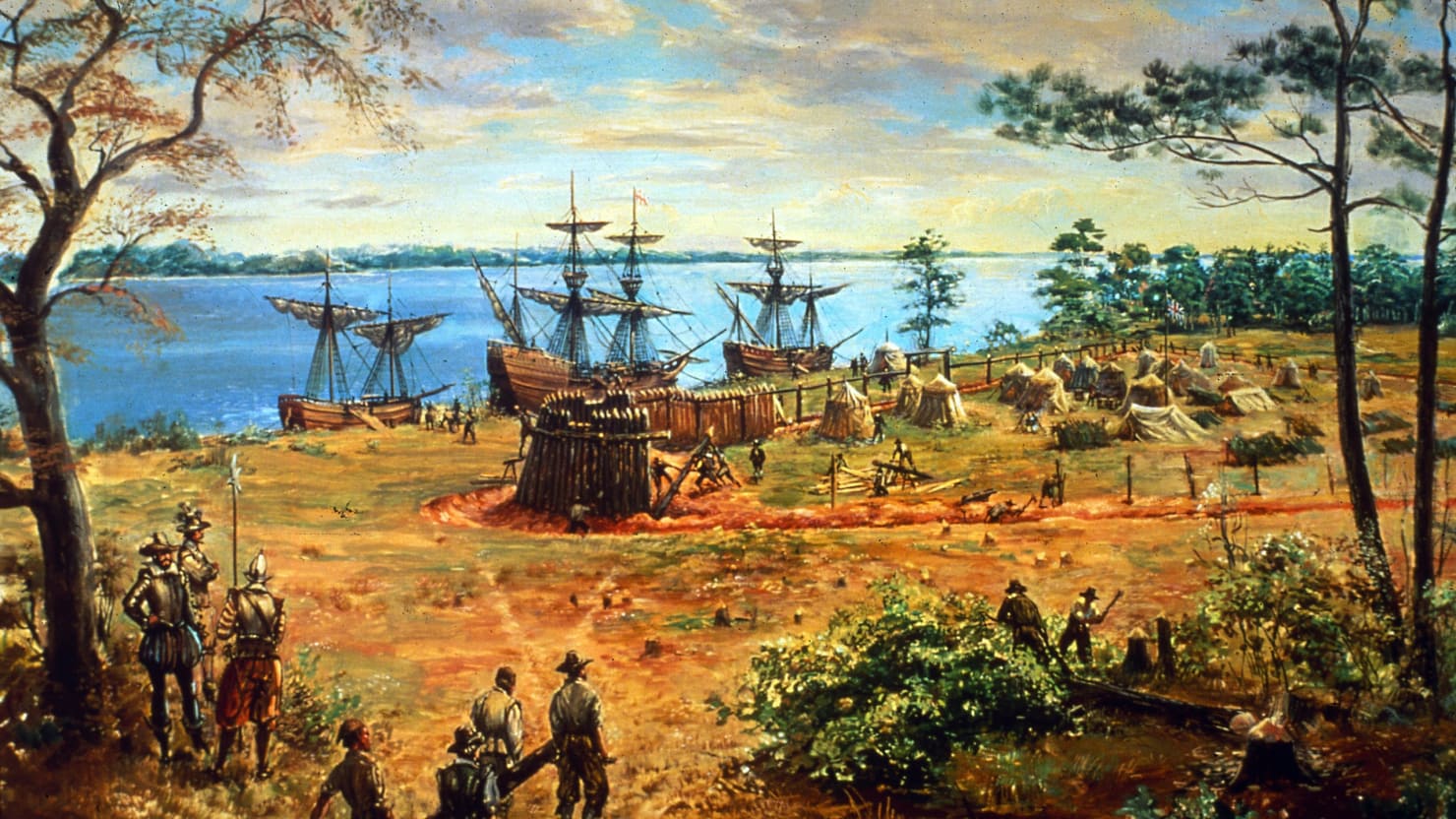
W Jamestown Polacy zasłynęli też z innego powodu: w 1619 r. zorganizowali pierwszy w historii Ameryki strajk. Anglicy odmówili im bowiem głosu w pierwszych w wyborach oraz prawa reprezentacji w zgromadzeniu ustawodawczym kolonii (liczącej już ok. 2 tys. ludzi). Kiedy wybuchł strajk, nad życiem gospodarczym kolonii zawisła groźba kryzysu. Polacy mieli na rzemiosło monopol, kolonia nie mogła wysyłać do Anglii wielu produktów. Musiał interweniować Londyn – uznał żądania Polaków za słuszne, nakazując im jednak przyuczenie do rzemieślniczego fachu także innych osadników. Polacy więc nie tylko wygrali ten pierwszy strajk i otrzymali prawo głosu, ale zdobyli też prawo do posiadania własności.
W 1622 roku atak Indian spowodował śmierć 350 mężczyzn, kobiet i dzieci, w odwecie osadnicy mordowali też tubylców i tak się to powtarzało co kilka lat. Osada była też plądrowana, palona, podtapiana przez rzekę oraz nie miała możliwości rozbudowy, ponieważ stała na bagnach. W związku z tym w 1693 roku postanowiono przenieść osadników w inne miejsce, na teren dzisiejszego miasta Williamsburg. Dzisiaj teren, gdzie była osada Jamestown stanowi pamiątkę narodową USA, zachowały się resztki zabudowań, wieża kościoła i groby osadników. W odległości około 800 metrów zbudowano Jamestown Festival Park, gdzie znajdują się repliki dawnych domów osadniczych, domu zebrań, oraz pierwszego portu, w którym zacumowały też repliki dawnych statków, którymi przypłynęli pierwsi osadnicy.
